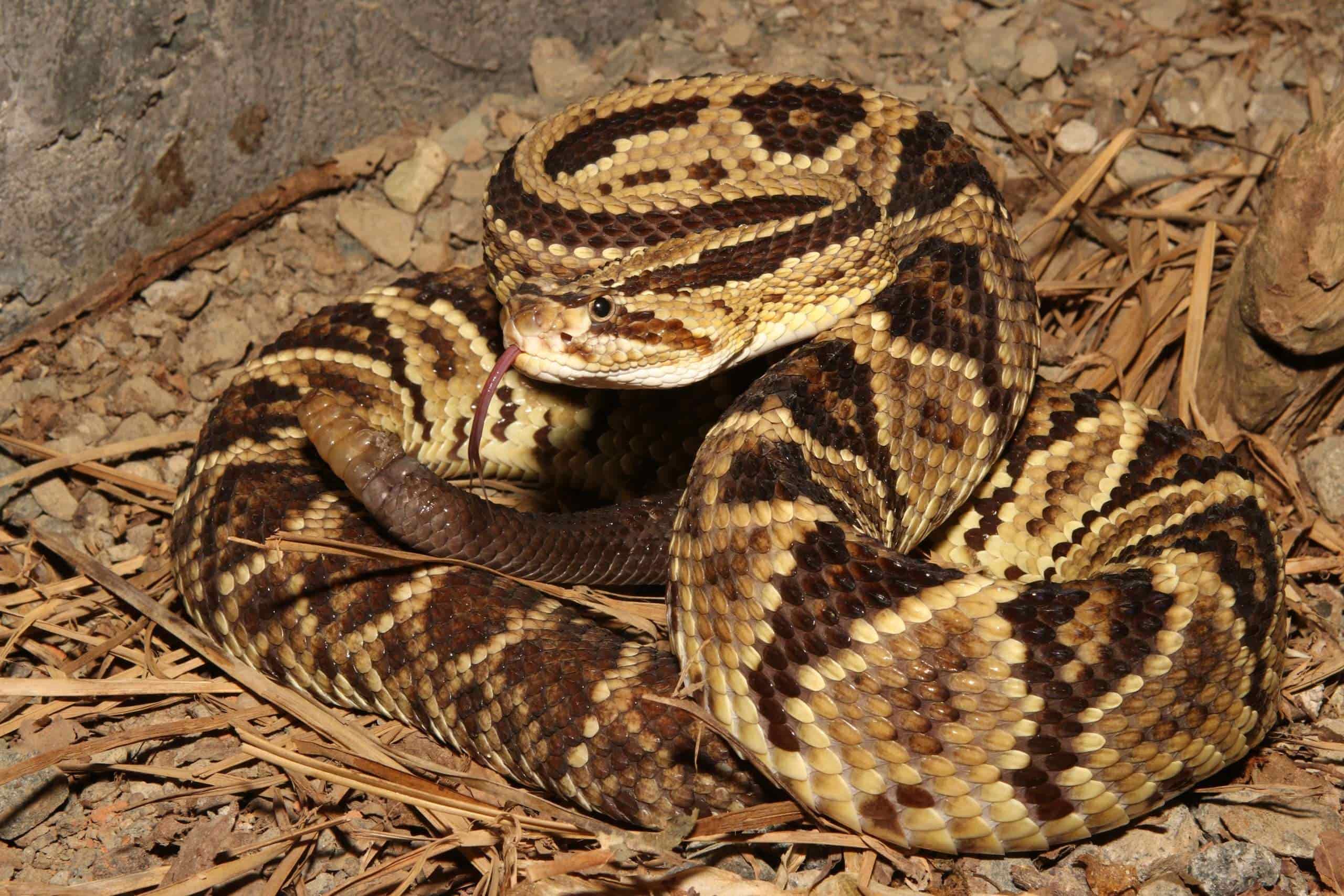
The Neotropical Rattlesnake is a fascinating and elusive creature that inhabits the dense rainforests of Central and South America. With its unique characteristics and deadly venom, it has earned a reputation as one of the most intriguing snakes in the world. In this article, we will uncover ten astounding facts about the Neotropical Rattlesnake that will leave you amazed and enlightened. From its striking coloration to its remarkable hunting techniques, this snake has evolved to thrive in its natural habitat. So, get ready to dive into the intriguing world of the Neotropical Rattlesnake and discover why it is truly a creature worthy of our admiration and respect.
Key Takeaways:
- The Neotropical Rattlesnake is a master of disguise, blending seamlessly into its habitat with deadly venom, impressive size, and heat-sensing abilities, making it a fascinating and vital predator in its ecosystem.
- Conservation efforts are crucial to protect the Neotropical Rattlesnake from habitat loss caused by human activities, ensuring the preservation of biodiversity and the balance of its ecosystem.
A Master of Camouflage
The Neotropical Rattlesnake, also known as the South American Rattlesnake, possesses remarkable camouflage abilities. Its intricate pattern and coloration help it blend seamlessly into its natural habitat, making it incredibly difficult to spot in the wild.
Deadly Venom
This venomous snake is equipped with potent venom that it delivers through its fangs when it strikes. Its venom contains neurotoxins and enzymes that can incapacitate and even kill its prey.
Impressive Size
The Neotropical Rattlesnake can reach an impressive length of up to 6 feet (1.8 meters), making it one of the largest rattlesnake species in the world.
Heat-Sensing Abilities
These rattlesnakes have specialized heat-sensing pits located between their eyes and nostrils. This unique sensory adaptation allows them to detect even the slightest temperature changes, enabling them to accurately strike their warm-blooded prey.
Fascinating Reproduction
Unlike some other snake species, the Neotropical Rattlesnake gives birth to live young instead of laying eggs. This method of reproduction, known as viviparity, ensures the survival and protection of the offspring until they are ready to venture out on their own.
Varied Diet
These rattlesnakes are carnivorous predators, feeding on a wide range of prey including small mammals, birds, lizards, and even other snakes. Their diet is adapted to the available food sources in their habitat.
Rattle as a Warning
One of the most recognizable features of the Neotropical Rattlesnake is its segmented rattle located at the end of its tail. This rattlesnake uses its rattle to produce a distinct buzzing sound as a warning to potential threats, giving them a chance to retreat before it strikes.
Long Lifespan
Neotropical Rattlesnakes have an impressive lifespan for a snake species, with some individuals living up to 25 years in the wild.
Vital Ecosystem Role
As an apex predator, the Neotropical Rattlesnake plays a crucial role in maintaining the balance of its ecosystem by regulating populations of small mammals and controlling the spread of disease.
Threatened by Habitat Loss
Unfortunately, the Neotropical Rattlesnake faces numerous threats due to habitat destruction caused by human activities. Conservation efforts are crucial to protect this remarkable species and preserve biodiversity.
Conclusion
In conclusion, the Neotropical Rattlesnake is a truly fascinating creature. With its unique characteristics and behavior, it has captured the attention of researchers and animal enthusiasts alike. From its vibrant coloration and distinctive rattle to its formidable venom and ability to adapt to diverse habitats, the Neotropical Rattlesnake is a master of survival in the wild. Understanding more about this amazing species not only enhances our knowledge of the animal kingdom, but also highlights the importance of conserving their habitats for future generations. The coexistence of humans and Neotropical Rattlesnakes is possible through education, awareness, and responsible environmental practices. By appreciating and respecting these incredible creatures, we can ensure their place in the delicate balance of our ecosystems for years to come.
FAQs
Q: Are Neotropical Rattlesnakes dangerous?
A: Yes, Neotropical Rattlesnakes are venomous and should be treated with caution. Their venom can be potentially harmful to humans, so it is important to avoid close encounters and seek medical attention if bitten.
Q: Where can Neotropical Rattlesnakes be found?
A: Neotropical Rattlesnakes are native to Central and South America. They can be found in various habitats, including forests, grasslands, and marshes.
Q: How do Neotropical Rattlesnakes defend themselves?
A: Neotropical Rattlesnakes have a specialized tail that produces a rattling sound when shaken. This serves as a warning to potential threats, signaling that the snake is ready to defend itself if necessary.
Q: What do Neotropical Rattlesnakes eat?
A: Neotropical Rattlesnakes primarily feed on small mammals such as rodents and birds. They are ambush predators and rely on their venomous bite to immobilize their prey.
Q: Are Neotropical Rattlesnakes endangered?
A: While the Neotropical Rattlesnake is currently not listed as an endangered species, habitat destruction and human activity pose significant threats to their populations. Conservation efforts are crucial to maintaining their numbers in the wild.
Neotropical rattlesnakes are truly fascinating creatures, but there's so much more to discover about their relatives and the world of reptiles. Delve into the secrets of Crotalus durissus, a captivating species with its own set of surprising traits. Explore the realm of nature's most potent predators by learning about venomous snakes and their incredible adaptations. For those with a passion for all things scaly and slithery, embark on a journey through the captivating field of herpetology, where you'll uncover the wonders of reptiles and amphibians alike.
Was this page helpful?
Our commitment to delivering trustworthy and engaging content is at the heart of what we do. Each fact on our site is contributed by real users like you, bringing a wealth of diverse insights and information. To ensure the highest standards of accuracy and reliability, our dedicated editors meticulously review each submission. This process guarantees that the facts we share are not only fascinating but also credible. Trust in our commitment to quality and authenticity as you explore and learn with us.


